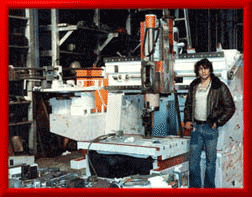

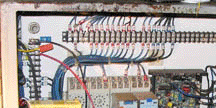 |
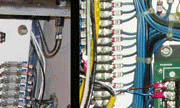 |
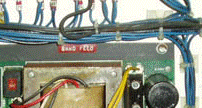 |
|
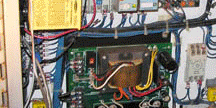 |
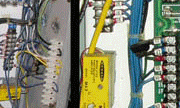 |
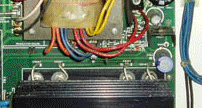 |
|
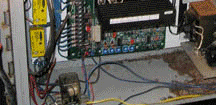 |
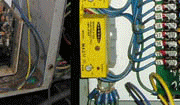 |
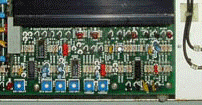 |
On The Spot Precision Engineering.
Once I get on site. My first step is to talk to the operator to find out what were the results like when the machine was running good, and then to have them show me the problem with the machine as it exists now. Once I see the problem for myself I do a quick scan for any obvious mechanical defects like misalignments, or broken sensors, etc. Next I ask the operator if he has any books or service manuals on the machine so I can see if there is any information in the documents that can help me along to a quick solution. (The answer to this question is usually: No.) Now I start to peek under the hood. I open up the machine to look at the electrical and mechanical systems. In this case I can see the main electric box has been badly mangled by the previous owners. (This machine had been purchased "used, as is, in running condition" from another firm)
In my quick survey could see that there were 3 relays missing, and various jumpers and components added to the system that were not factory original judging by the sloppiness of their installation. That means it is time for "On the spot reverse engineering" That means I have to figure out how the machine is supposed to work by doing a forensic analysis of the electrical system. I will find the key control point on the machine and work from there.